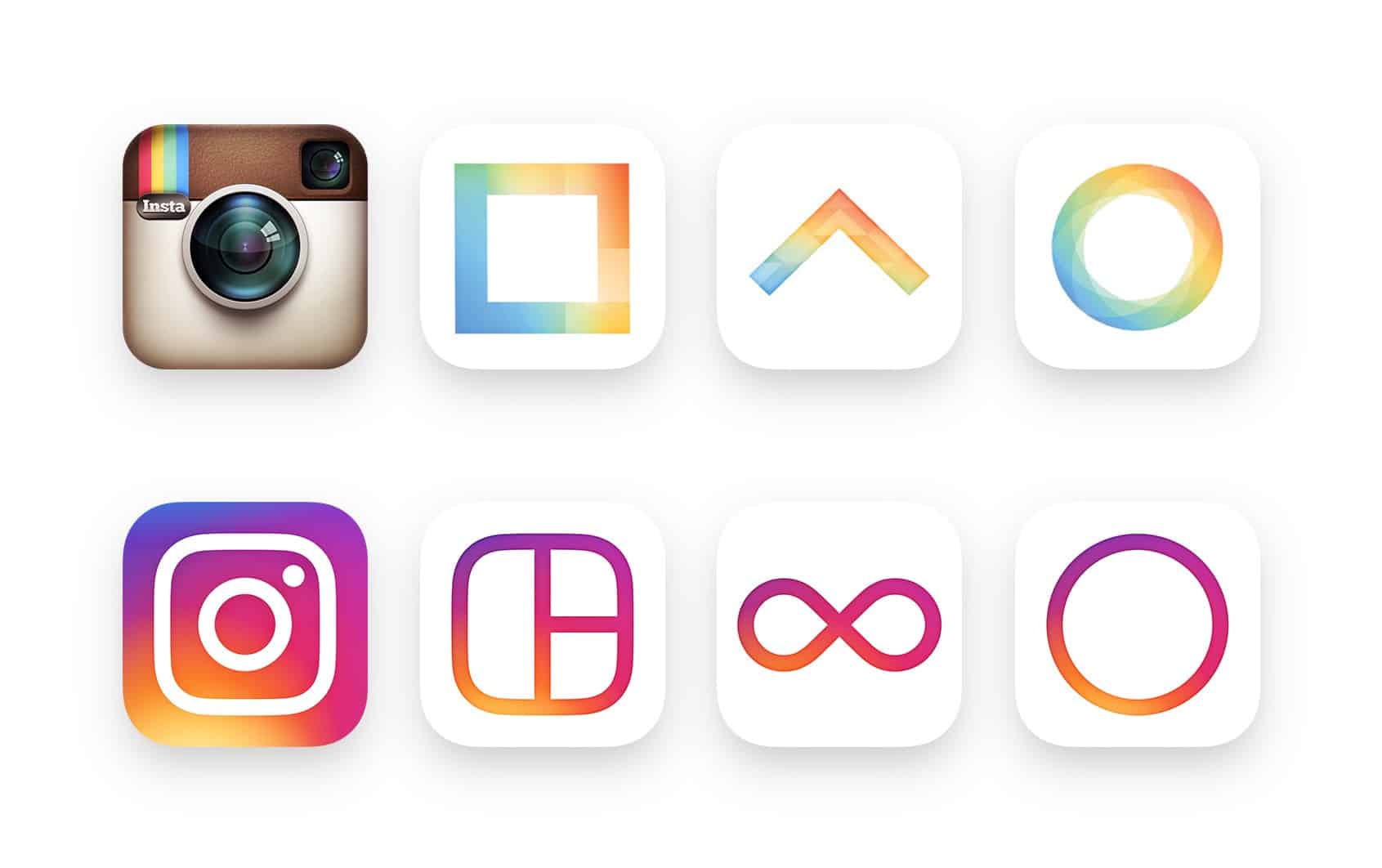A brand refresh isn’t as intense as a rebrand and generally involves surface-level changes, like modernizing your logo, messaging, and website. Rebranding goes deeper and can include a complete change in positioning, brand image, and even your name.
The differences between a rebranding and a brand refresh will also dictate how much you have to invest to get the job done. A rebranding is more intense and will require a larger monetary investment and time commitment from your company and your team. This makes it especially important to analyze your business case before getting to work.
A brand refresh is a makeover for your company
Think of it like a personal makeover … a better haircut, up-to-date outfit, and new shoes that transform how a person is perceived. It’s the same with your brand.
A refresh can keep or update recognized visual elements. Or a new look, tone and presentation of the overall style will bring fresh recognition.
A brand refresh maintains a visual connection to how the brand identity was seen before. But the “new suit” makeover is up-to-date, vibrant and designed for today’s audiences.
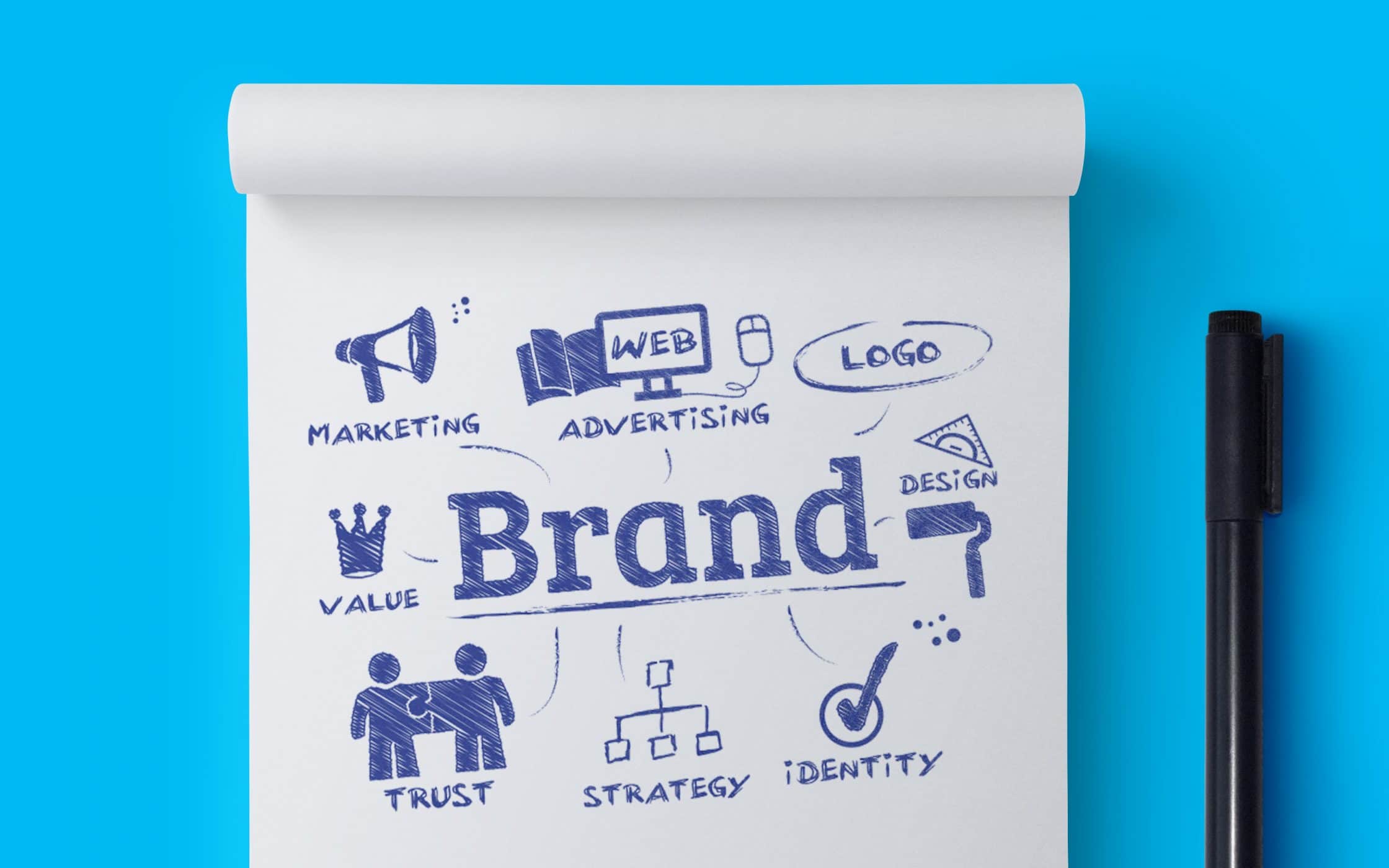
Brand refresh vs rebrand: What each looks like
Branding isn’t a static process — it’s an evolutionary process. Companies that view it as static run the risk of becoming outdated and losing brand appeal. To stay relevant, businesses make incremental changes that keep their brands looking fresh and ensure their messaging stays aligned with who they are and what they do. Most of the companies at some point need their brand to be refreshed even several times!
As businesses grow and change, it’s important for their brands to reflect the current marketplace. Simply put, if you stayed the same while all the companies in your industry changed, adopted fresher logos, and newer ways of communicating with their audience, then you’d end up losing your competitive edge.
A great example of this is the Microsoft Logo, which you can see here:
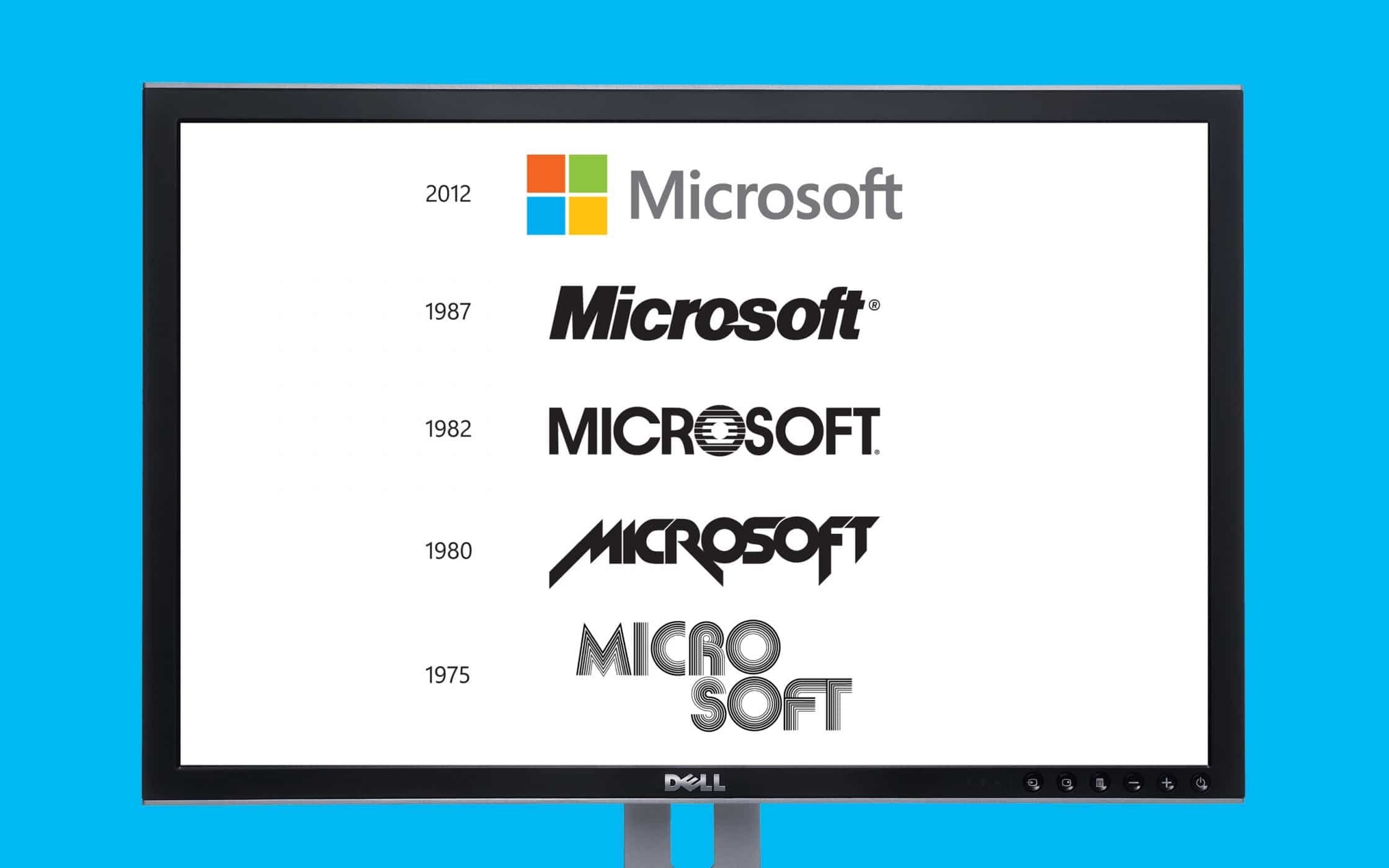
Over the years, the logo has evolved to reflect the aesthetics that appeal best to their customers. As simple graphics, colour, and clarity have become more appealing to people within the modern marketplace, Microsoft have made the necessary changes to keep pace with companies like Apple, and Linux.
Ultimately, a brand refresh not only tells your audience that you’re modern and relevant, it also shows that you’re connected to your industry.
Nobody wants to do business with a company that seems as though it’s way behind the curve.
Your brand refresh will be your attempt to reflect a more current, updated image of your company, reassuring your customers that you still know what you’re doing. Typically, the brand refresh process will look at your use of colour, typography, styles, and even your tone of voice. Though it’s not as comprehensive as a rebrand, the results can be astonishing.
Look at some famous examples:
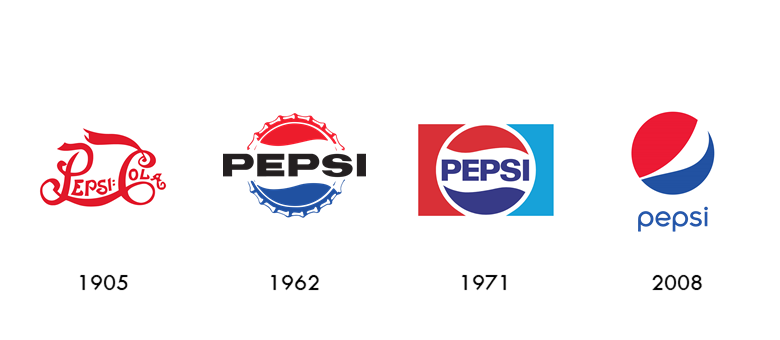
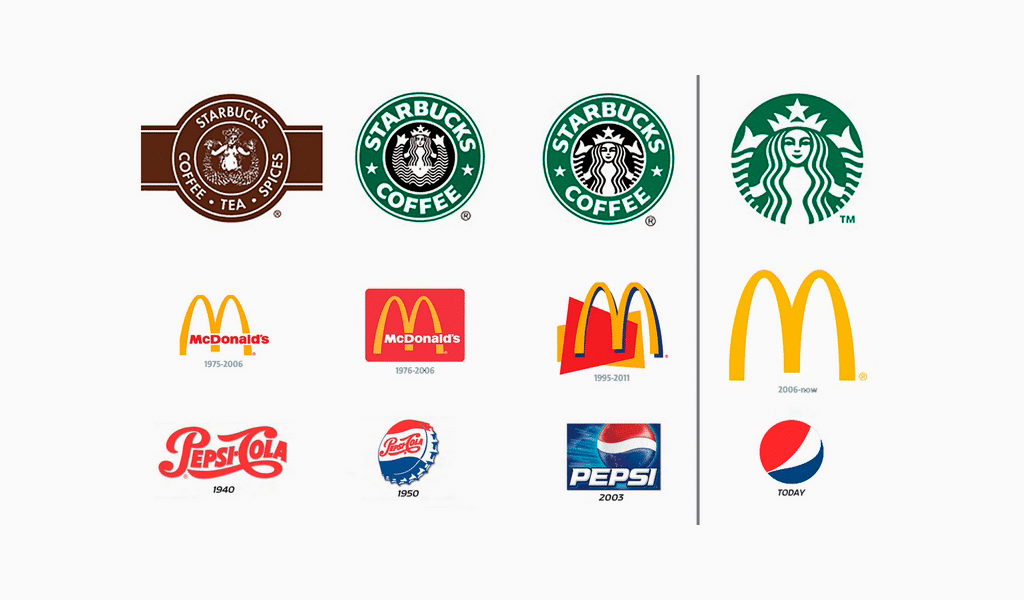
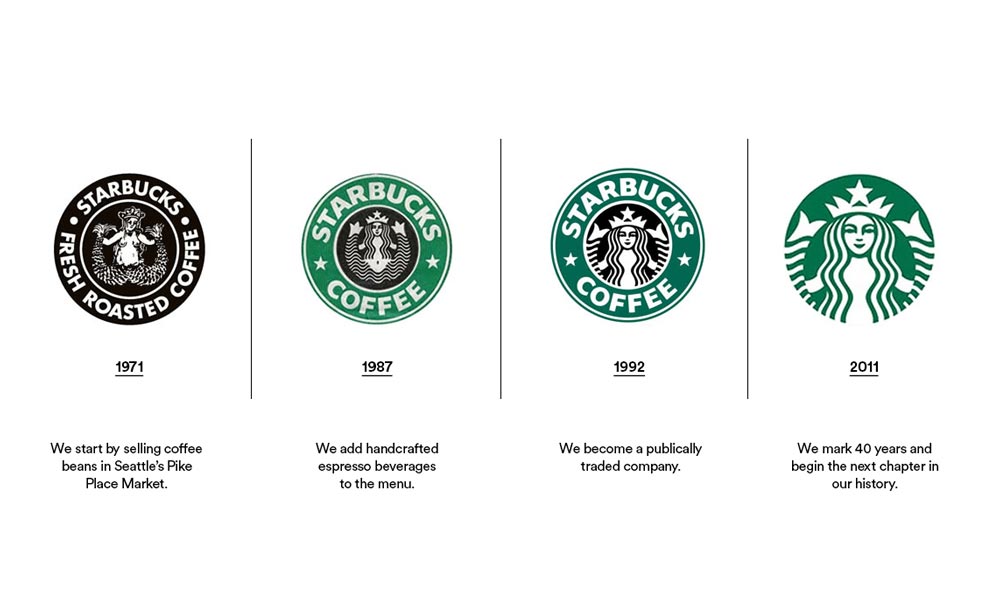
What is Rebranding?
When you plan to ditch your complete old wardrobe and replace it entirely, rebranding is a total transformation. Tearing down the old brand to building from scratch is a consuming, often costly affair, and should not take it easy. When not carried out productively or with purpose, brands risk alienating or confusing their existing customer base or employees.
This change can include something as obvious as a new brand name or logo design, or something more in-depth like a shift in communication or new company values.
Whatever the reason for that change might be, a rebranding strategy is crucial for success.
A successful rebranding strategy can solve various problems and challenges such as stagnating business growth, change in target markets or expansion to new ones, unaligned management, confused or alienated clients, loss of competitive advantages, and so on.
McDonald’s is looking at its brand from top to bottom, inside and out.
The goal is not simply to become a friendlier place to get cheap food. Instead, the strategy will focus on the entire organization to create better value for the customers, provide better customer service, employ higher impact marketing, and embrace long-term sustainable operations.
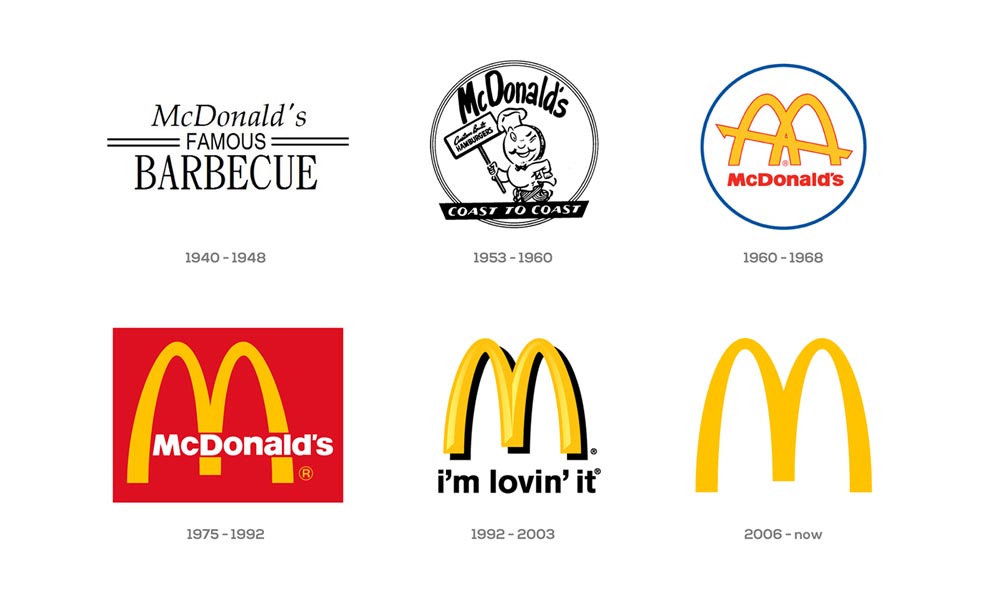
How to make the right choice for your brand
One of the keys to choosing how you’ll update your brand is in-depth customer research. Customer research will inform you about which parts of your brand customers like and what’s falling short. It will also help you understand what customers expect as an outcome of your brand updates.
However, change without purpose is costly and can even hurt your brand image. Answering the following questions can help you decide if your brand just needs a refresh:
- Is your company offering new services?
- Does your brand have an updated mission?
- Are your brand design elements outdated?
If you answered yes to these questions, you likely need a brand refresh.
But should you stop at simply refreshing your brand? Maybe rebranding — which is more akin to a complete overhaul or replacement of core services — is a better choice. The following questions can help you determine if you need to go deeper than a brand refresh:
- Are you making drastic changes to products and services?
- Do you need to fight seriously negative brand sentiment?
- Has a recent merger made both brands incompatible?
The questions above do more than ask about recent events; they ask you to consider how serious the reasons for rebranding are.
This is because brand equity is valuable, and rebranding will result in a loss of brand recognition and equity.It’s unlikely you want to lose the equity you’ve earned so far unless the situation truly calls for it.



